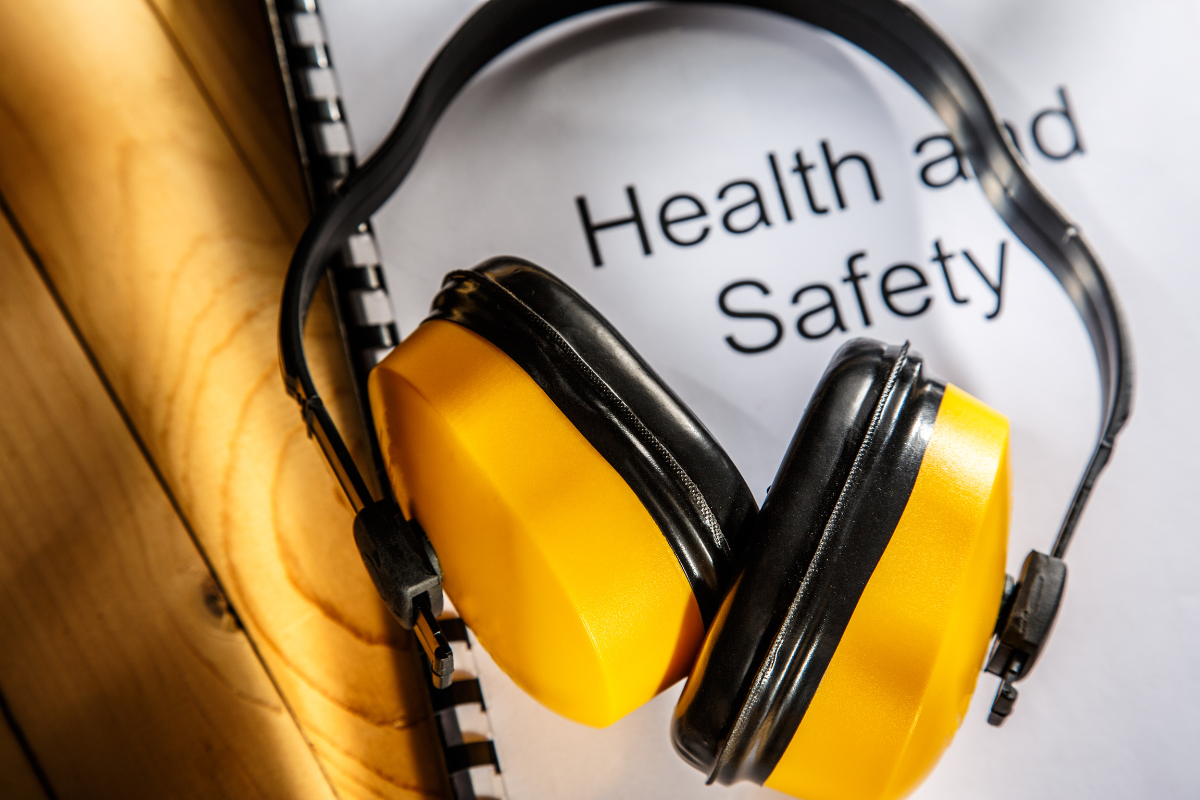In today’s dynamic work environments, ensuring the safety and well-being of employees is paramount for organizational success. If people are working in an unsafe environment this puts both them and your business in danger. This article delves into the comprehensive approaches and proactive measures necessary to create a secure and healthy workplace environment.
- Understanding Workplace Hazards
The first step in enhancing workplace safety is identifying and understanding potential hazards in the work environment. These hazards can range from physical risks such as slips, trips, and falls to chemical exposures, ergonomic issues, and even psychological stressors. Conducting thorough risk assessments and workplace inspections can help identify areas of concern and prioritize safety measures accordingly. By understanding the hazards employees face, organizations can have targeted strategies to mitigate risks and prevent accidents or injuries.
- Implementing Proactive Safety Measures
Prevention is key for workplace safety. Organizations should implement proactive measures to eliminate or control hazards before they pose a threat to employees. This may involve implementing controls such as safety barriers or ergonomic workstations, instituting administrative controls like implementing safety protocols and procedures, or providing personal protective equipment (PPE) when necessary. By addressing safety hazards at the source and implementing preventive measures, organizations can create a safer work environment for their employees.
- Training and Education Initiatives
Effective training and education are essential components of any workplace safety program. Employees should receive education on safety procedures, hazard recognition, and emergency response protocols. All employees should take a manual handling training course to reduce potential injuries. Training is better when it is tailored to the specific risks present in the workplace. It should be conducted regularly (preferably through multiple formats) to ensure that employees remain informed and up-to-date on safety practices. Additionally, providing opportunities for ongoing education and skill development can empower employees to take an active part in maintaining their own safety and the safety of their colleagues.
- Encouraging Employee Engagement
Creating a culture of safety means that everyone needs to actively participation and remain engaged. Organizations should encourage open communication and collaboration regarding safety issues, providing channels for employees to report hazards, near misses, or safety concerns without fear of reprisal. Engaging employees in safety committees or workgroups can also encourage a sense of ownership and accountability for safety initiatives. By including employees in decision-making and valuing their input, organizations can create a culture where safety is a top priority for everyone.
- Continuous Improvement and Evaluation
Ensuring workplace safety is a continual endeavor that demands continual assessment and enhancement. It’s imperative for organizations to consistently scrutinize and revise their safety protocols, guidelines, and methodologies to align with evolving regulations, industry benchmarks, and emergent hazards. Regular safety audits, inspections, and incident analyses play a pivotal role in pinpointing areas necessitating refinement and guiding forthcoming safety endeavors. Through fostering a culture of perpetual learning and advancement, organizations can adeptly confront new obstacles and uphold their employees’ enduring safety and welfare.
Conclusion
Every employee should emphasize the importance of comprehensive approaches and proactive measures in creating a secure and healthy workplace environment. By understanding workplace hazards, implementing preventive measures, providing effective training and education, encouraging employee engagement, and continuously evaluating and improving safety initiatives, organizations can protect their most valuable asset—their workforce—and foster a culture of safety that benefits everyone involved.
